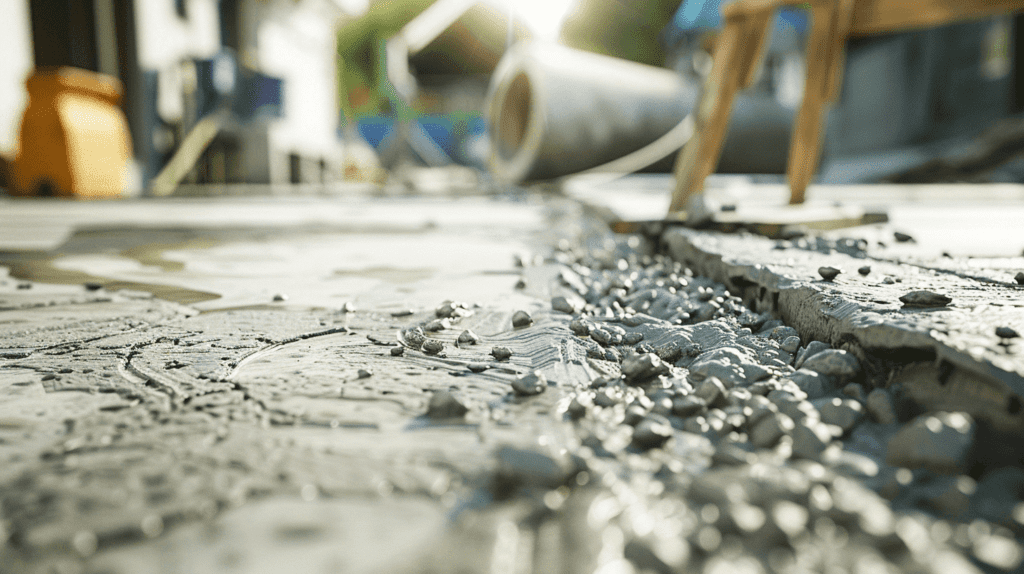Let’s get into the critical considerations and steps involved in successfully overlaying concrete, weighing the advantages against potential drawbacks, and providing guidance on when to tackle the project yourself or call in the pros. We’ll also touch on the maintenance required to ensure the longevity of your new concrete surface.
Key Takeaways
- Pouring new concrete over existing concrete is feasible, but depends on the condition and preparation of the existing surface.
- Proper cleaning, repairing, and the application of bonding agents are crucial steps for a successful concrete overlay.
- Concrete overlays offer benefits such as cost efficiency and aesthetic improvement but also come with limitations like the potential for delamination.
- The decision between a DIY project and hiring a professional should be based on the project’s complexity and the individual’s skill level.
- Regular maintenance, including sealing and addressing wear and tear, is vital to extend the life and appearance of the new concrete surface.
Understanding the Feasibility of Pouring New Concrete Over Old
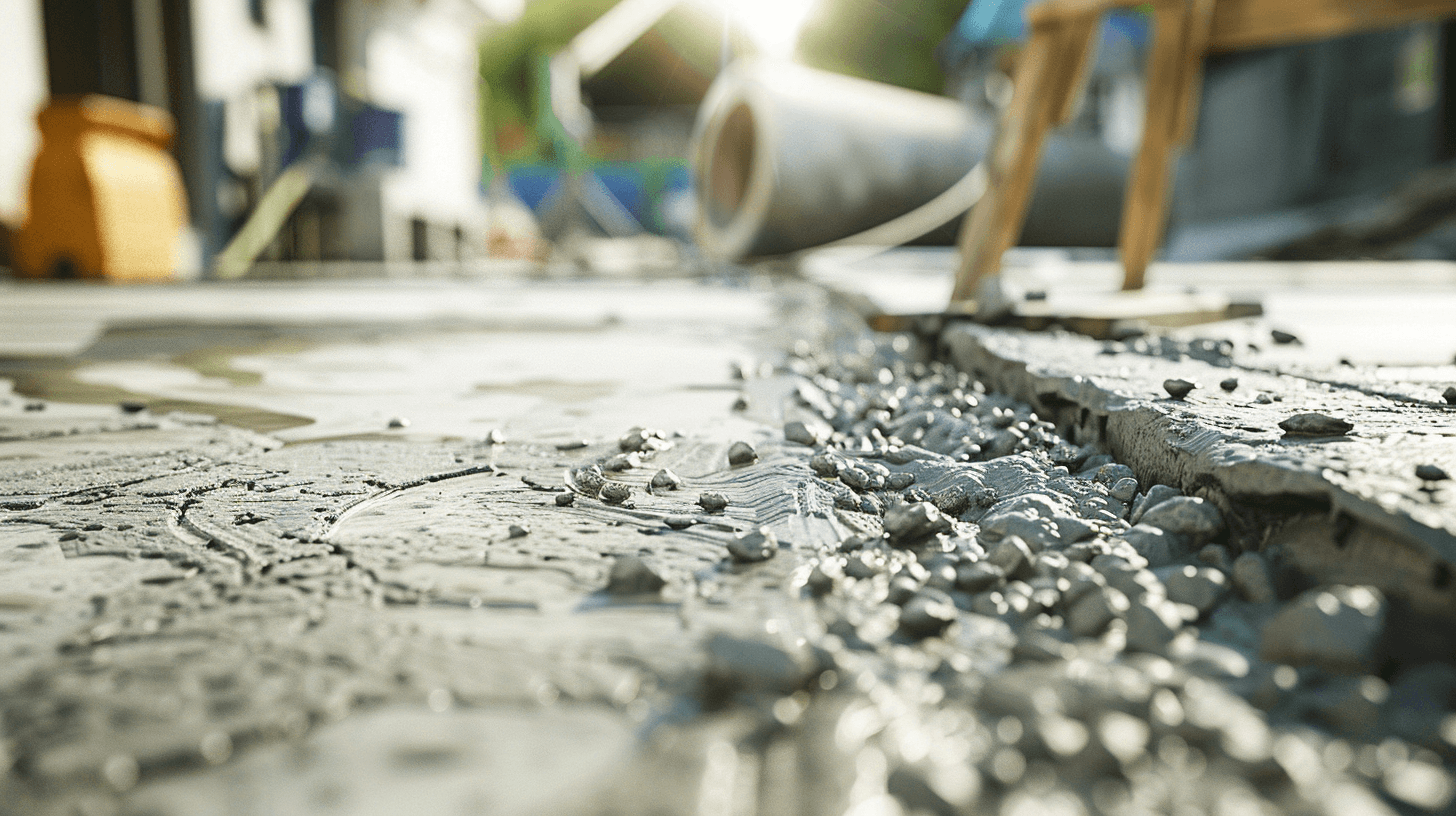

Assessing the Condition of Existing Concrete
Before considering a new concrete overlay, it’s crucial to assess the condition of the existing concrete. This evaluation will determine whether the old surface can support a new layer or if it requires removal and replacement. Key aspects to examine include:
- Structural integrity and stability
- Presence of cracks and their severity
- Level of surface wear and degradation
- Signs of moisture issues or water damage
Ensuring the existing concrete is free of major defects and has a solid foundation is essential for the success of the overlay.
If the existing concrete is deemed suitable for an overlay, the next steps involve preparing the surface to ensure proper adhesion and longevity of the new concrete layer.
Key Factors to Consider Before Pouring
Before embarking on a concrete overlay project, it’s crucial to evaluate several key factors to ensure the success and longevity of the new surface. The integrity of the existing concrete is paramount; it must be stable and capable of supporting the new layer without shifting or settling. Consider the following points:
- Age and condition of the existing concrete: Older concrete may have underlying issues that need addressing.
- Surface preparation: The current surface must be clean and able to bond with the new concrete.
- Environmental factors: Temperature and weather conditions can affect curing times and the quality of the pour.
- Load-bearing requirements: The new layer must be able to withstand the intended use, whether it’s for foot traffic or vehicles.
Ensuring these factors are thoroughly assessed will pave the way for a successful concrete overlay. Neglecting them could lead to premature failure and additional costs.
Additionally, it’s important to consider the thickness of the new concrete layer. A thin overlay may suffice for cosmetic improvements, but structural enhancements require a thicker pour. Always consult with a professional to determine the appropriate approach for your specific situation.
When to Pour Directly and When to Remove Old Concrete
Deciding whether to pour concrete directly over an existing surface or to remove the old concrete first is a critical step in the resurfacing process. Pouring new concrete over old is feasible only if the existing surface is stable and has no major structural issues. If the old concrete is severely cracked, heaved, or has settled unevenly, it should be removed to ensure the integrity of the new overlay.
The longevity and performance of the new concrete layer are directly tied to the condition of the old surface. An inadequate base will lead to premature failure of the overlay.
Here’s a quick guide to help you decide:
- Pour Directly: If the existing concrete is free of deep cracks, not heaving, and has no signs of structural failure.
- Remove Old Concrete: If there are extensive cracks, evidence of soil movement, or if the old layer is already too high adding more would create issues with doorways, steps, or transitions to other surfaces.
Preparation Steps for Successful Concrete Overlay


Cleaning and Power Washing the Old Surface
Surface preparation is a critical step in ensuring a successful concrete overlay. Power washing the old surface is essential to remove any dirt, grime, or existing sealant that could prevent the new concrete from adhering properly. This process not only cleans the surface but also helps to expose any underlying issues that may need repair before proceeding with the overlay.
Before applying a new layer of concrete, it’s important to achieve a clean and stable base. This involves removing all contaminants and creating a rough profile to enhance the bonding of the new concrete.
Here are the key steps to follow during the cleaning process:
- Remove all debris, including leaves, twigs, and dirt.
- Address any oil, rust stains, or tire residue.
- Eliminate algae, moss, or other organic growth.
- Ensure the surface is completely dry before moving to the next step.
Remember, a thorough cleaning not only improves the adhesion of the new concrete but also its longevity and appearance.
Repairing Cracks and Damage Prior to Overlay
Before pouring new concrete over an existing surface, it is crucial to address any crack repair and damage. This ensures a stable foundation for the overlay and prevents future problems. For non-structural cracks, a DIY approach using concrete patch, sealant, or low-pressure crack injection with a caulk gun may suffice. However, for more serious issues, consulting a foundation professional is recommended.
Here are some commonly used concrete crack fillers:
- QUIKRETE FastSet Water Stop Cement – $40.87
- QUIKRETE Latex Concrete Crack Seal – $14.17
- Loctite Fast-Grab Polyurethane Construction Adhesive – $9.48
- Applied Technologies 10′ Fast-Set Concrete Foundation Crack Repair Kit – $158.90
When selecting a product, consider the foundation surface, crack size, and whether the crack is static or actively leaking. Epoxy-injection products are best for structural cracks, while polyurethane suits shrinkage or leaking cracks.
Costs vary, with sealing products starting at $150 for 5 gallons, covering 25 to 1,000 square feet per gallon. A professional foundation inspection averages $550. Remember, the underlayer must be in good condition for coatings to adhere properly.
Applying the Correct Bonding Agents
The success of a concrete overlay project hinges on the proper application of bonding concrete agents. These agents ensure that the new concrete layer adheres effectively to the existing surface, a process known as concrete adhesion. Before applying any bonding agent, it’s crucial to assess the substrate condition. Any contaminants or unstable material can compromise the bond.
The right admixtures for bonding can enhance the properties of the overlay, improving its durability and adherence.
Concrete curing time is another vital aspect to consider. The bonding agent needs to cure adequately before the new concrete is poured to prevent any issues with the integrity of the overlay. Here’s a list of considerations for applying bonding agents:
- Ensure the old concrete surface is clean and stable.
- Select a bonding agent compatible with both the old and new concrete.
- Follow the manufacturer’s instructions for mixing and applying the bonding agent.
- Allow sufficient curing time as recommended by the product specifications.
The Pros and Cons of Concrete Overlays
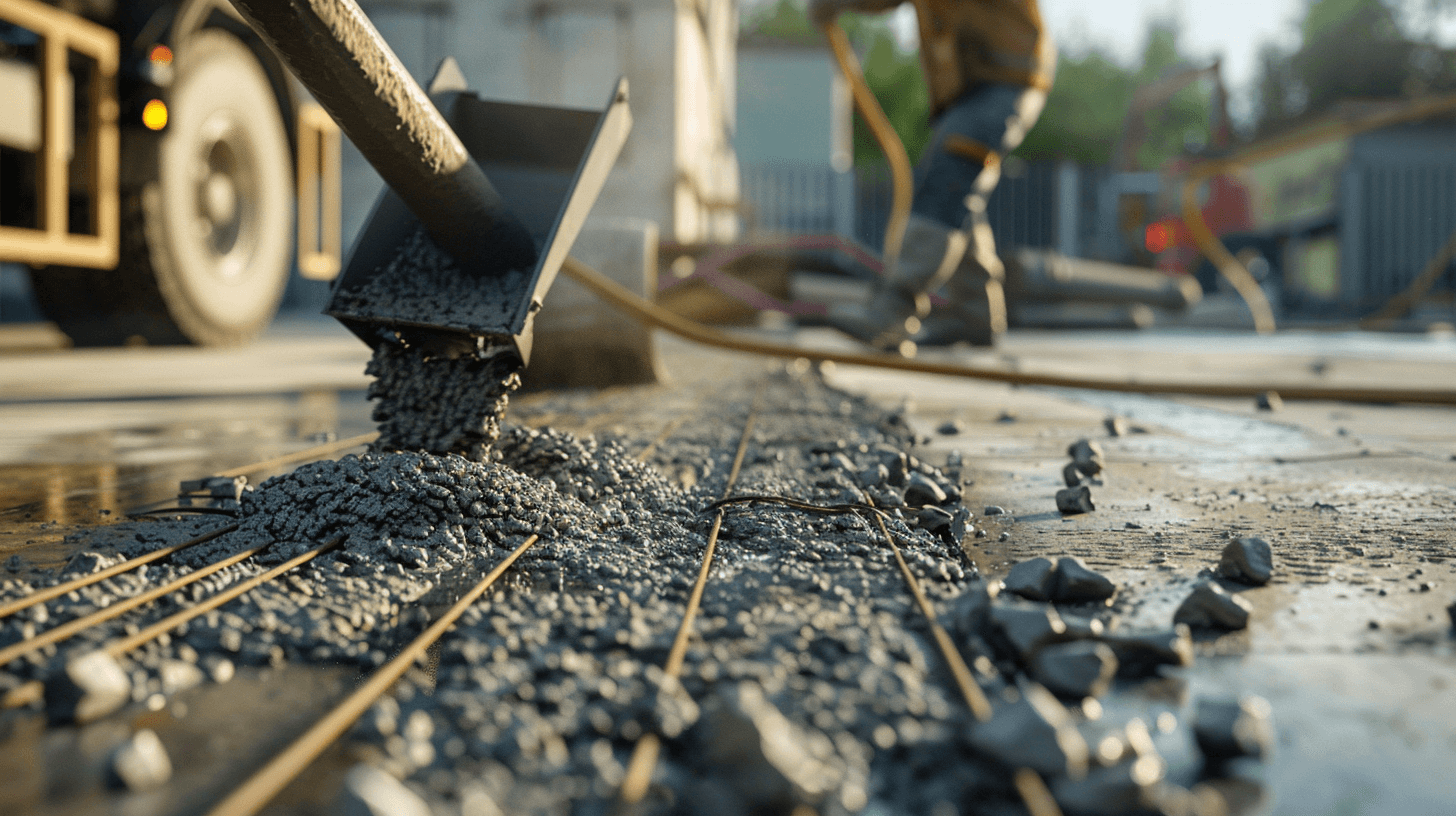

Advantages of Concrete Resurfacing
Concrete resurfacing offers a multitude of benefits for homeowners and property managers alike. It’s a cost-effective way to rejuvenate existing concrete surfaces without the need for complete replacement. This process not only enhances the aesthetic appeal but also extends the lifespan of the concrete by providing a new, durable layer.
- Cost Savings: Resurfacing is generally less expensive than a full replacement.
- Aesthetic Improvement: It can dramatically improve the look of old, worn concrete.
- Time Efficiency: The process is quicker than removing and replacing concrete.
- Durability: Adds a strong, new layer to the existing surface.
- Versatility: Can be customized with colors and patterns.
Concrete resurfacing is an excellent option for those looking to improve their property’s value and appearance with minimal disruption. It’s a practical solution that can be tailored to suit various design preferences, making it a popular choice for both residential and commercial applications.
Potential Drawbacks and Limitations
While a concrete overlay can be a practical solution for enhancing an existing concrete surface, it’s important to recognize its limitations. One significant drawback is that overlays may not address underlying structural issues, which can lead to future problems. Additionally, the success of an overlay is highly dependent on the preparation of the existing surface; any shortcuts in this process can compromise the overlay’s durability.
- Surface Preparation: Essential for bond strength, but labor-intensive.
- Structural Problems: Overlays can’t fix underlying issues.
- Aesthetic Limitations: May not achieve the desired look for all projects.
- Cost: Initial lower cost may lead to higher long-term expenses.
While concrete overlays offer a quick and stylish resurfacing option, they are not a one-size-fits-all solution and should be considered carefully before proceeding.
It’s also worth noting that concrete overlays are not always the most cost-effective option in the long run. If the existing concrete is in poor condition, removing and replacing it might be more economical than attempting an overlay that could fail prematurely.
Longevity and Performance of Overlaid Concrete
The longevity and performance of concrete overlays are critical considerations for any resurfacing project. Load-bearing capacity is a key factor that determines the durability and suitability of the new concrete layer, especially in areas subjected to heavy traffic or weight.
- Proper installation and curing are essential for maximizing the lifespan of an overlay.
- Environmental factors such as temperature fluctuations and exposure to chemicals can affect longevity.
- Regular maintenance, including sealing, can extend the life of the concrete surface.
The success of a concrete overlay also depends on the compatibility of the new concrete with the old surface. Ensuring a strong bond between the two layers is crucial for preventing delamination and maintaining structural integrity over time.
It’s important to note that while overlays can improve the appearance and functionality of a concrete surface, they may not restore the original load-bearing capacity if the existing concrete is significantly compromised. The use of reinforcement materials like wire mesh or fiber mesh can enhance the strength and crack resistance of the overlay.
DIY Versus Professional Concrete Overlay Projects
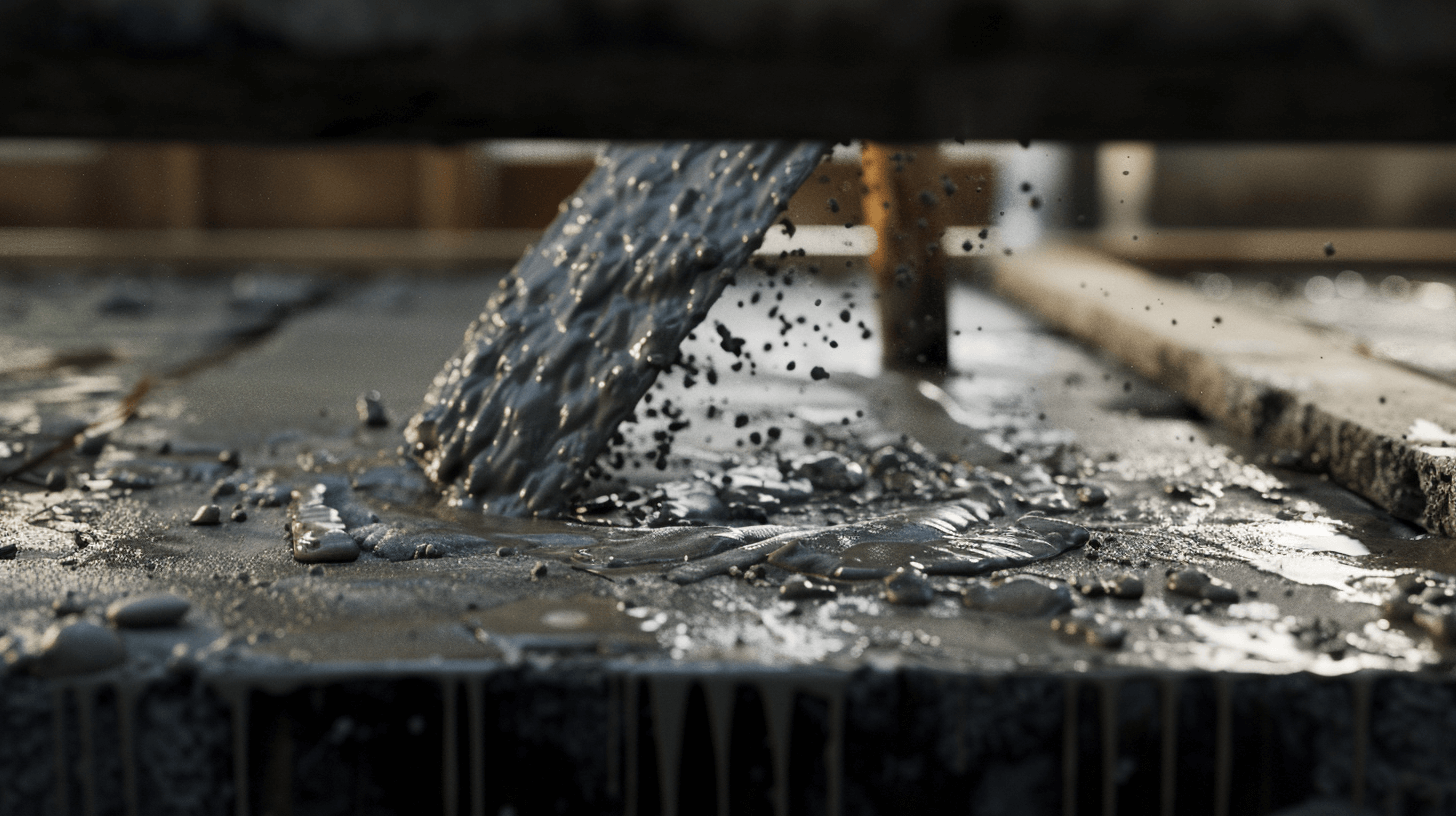

Evaluating the Scope of Your Project
Before embarking on a concrete overlay project, it’s crucial to evaluate the scope of your project thoroughly. This assessment will determine whether a DIY approach is feasible or if professional assistance is required. Consider the size of the area, the complexity of the work, and your skill level.
- Size of the Area: Small patios or walkways might be manageable for a DIY enthusiast, while larger driveways or commercial spaces often necessitate a contractor.
- Complexity of Work: Simple resurfacing might be a weekend project, but structural repairs or decorative finishes could be beyond the scope of most DIYers.
- Skill Level: Assess your own experience with concrete work. Beginners might handle basic tasks, but more intricate work typically requires professional expertise.
When considering the scope, also take into account the time commitment and potential disruptions to your daily routine. A professional contractor can often complete the work more quickly and with less inconvenience.
Tools and Materials Needed for a DIY Approach
Embarking on a DIY concrete overlay project requires careful preparation and the right set of tools. Having the proper equipment on hand is crucial for a successful outcome. For starters, you’ll need a portable cement mixer for consistent mixtures and trowels for smooth application. A concrete grinder may be necessary if the surface needs extensive leveling or roughening for better adhesion.
Here’s a basic list of tools and materials you might need:
- Portable Cement Mixers
- Trowels for Cement Tests
- Concrete Grinders
- Standard Sand and Silica Sands for ASTM Tests
- Prism Molds for Mortar Tests
- Tube Samplers for Bulk or Packaged Cement
Remember, the materials’ quality can significantly affect the durability and finish of your concrete overlay. Opt for high-quality Portland cement and aggregates that meet ASTM standards to ensure a strong and lasting overlay.
Before you begin, assess whether you have access to all the necessary equipment or if you need to purchase or rent additional tools. This upfront investment can be a deciding factor in the success of your DIY project.
When to Hire a Professional Contractor
Deciding whether to hire a professional contractor for your concrete overlay project is a critical step. Consider hiring a professional when the project’s complexity, scale, or risk is beyond your skill level. For instance, if the existing concrete requires extensive repair, or if the overlay must meet specific structural standards, a professional’s expertise is invaluable.
- Project Complexity: Large areas, intricate designs, or specialized finishes.
- Risk Assessment: Potential for costly mistakes or safety concerns.
- Technical Skills: Need for advanced techniques or equipment.
- Time Commitment: Projects that require a significant amount of time, which might be impractical for DIY.
It’s essential to weigh the potential cost savings of a DIY approach against the benefits of professional workmanship. A contractor not only brings experience but also provides a warranty for their services, ensuring peace of mind and long-term satisfaction with your new concrete surface.
Maintaining Your New Concrete Surface
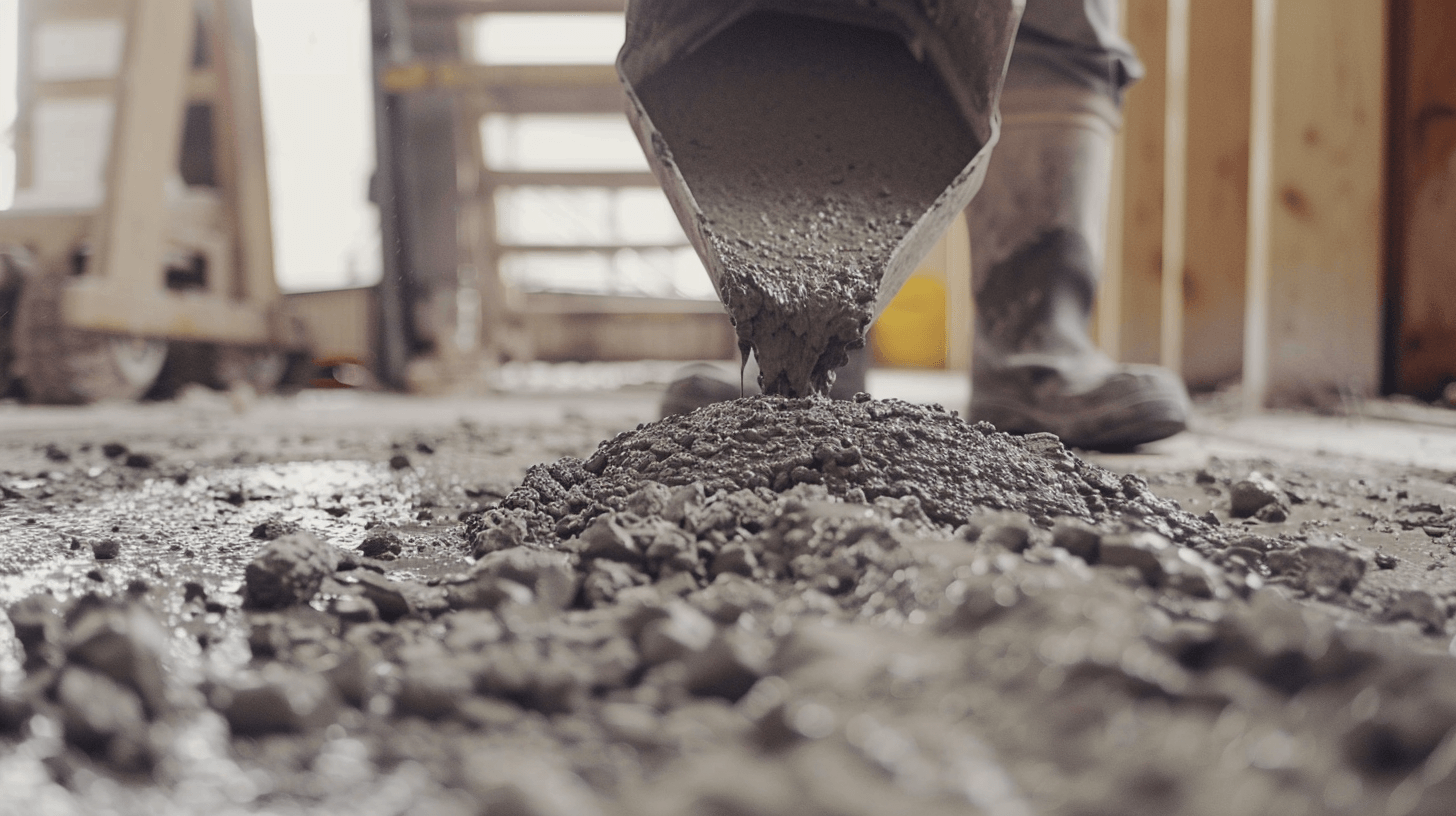

Sealing and Protecting the Overlay
Sealing your new concrete overlay is a critical step in ensuring its longevity and resistance to the elements. A quality sealant acts as a moisture barrier, protecting the surface from water penetration and the subsequent damage it can cause. It’s important to select a sealant that complements the type of concrete used and the environmental conditions it will face.
Following the manufacturer’s instructions for mixing and applying the sealer is essential. Typically, you can use a brush, roller, or sprayer to apply an even coat of sealer to the concrete surface. Ensure that the application is uniform and covers all areas thoroughly to maximize protection.
While a sealant provides substantial protection, it is not a guarantee against all forms of damage. Regular inspection and maintenance are necessary to address any issues that arise promptly.
Remember that sealants vary in their composition and finish. Some dry clear while others are pigmented, and finishes can range from matte to glossy. If you’re aiming for a specific decorative look, ensure the product you choose is compatible with your desired outcome. The longevity of the sealant is also a factor to consider, as some may require reapplication every few years.
Routine Maintenance Tips
Maintaining the integrity and appearance of your new concrete surface is crucial for its longevity. Regular cleaning and inspections are essential to prevent the accumulation of debris and to identify any issues early on. It’s recommended to thoroughly clean your concrete surfaces once or twice a year, which involves sweeping or using a blower to remove dirt, leaves, and debris, followed by the removal of any weeds growing in joints.
Concrete slab reinforcement should be monitored to ensure that the structural integrity remains uncompromised. This includes checking for any signs of movement or cracking that could indicate a need for repair.
Concrete finishing is not just about aesthetics; it also plays a role in the durability of your surface. A well-finished surface will resist weathering and wear better over time. As part of routine maintenance, inspect the finish periodically to ensure it remains in good condition.
The thickness of the new concrete layer is a critical factor in the performance of the overlay. It’s important to verify that the thickness meets the recommended standards, as this will affect the overlay’s ability to withstand traffic and environmental stresses. Below is a list of routine maintenance tips to help you keep your concrete in top shape:
- Inspect the surface regularly for cracks or signs of wear.
- Clean spills and stains promptly to prevent penetration and discoloration.
- Reseal the surface as needed to protect against moisture and chemicals.
- Check for any unevenness or settling that may indicate underlying issues.
Addressing Future Wear and Tear
Maintaining the structural integrity of your new concrete surface is crucial for its longevity. To ensure that the overlay remains in good condition, it’s important to address future wear and tear proactively. Regular inspections can help identify potential issues before they become serious problems.
- Conduct periodic assessments of the surface condition.
- Look for signs of cracking, chipping, or delamination.
- Schedule timely repairs to prevent minor damage from worsening.
By establishing a routine maintenance schedule, you can extend the life of your concrete overlay and safeguard its structural integrity.
Remember that the environment and usage will affect the rate of wear and tear. It’s wise to adjust your maintenance plan accordingly to accommodate heavy traffic areas or exposure to harsh weather conditions.
To ensure the longevity and aesthetic appeal of your new concrete surface, proper maintenance is key. Our expert team at Concrete Resurfacing Atlanta is ready to guide you through the best practices to keep your concrete in top condition. Don’t let wear and tear take its toll; visit our website for more information and to schedule a free consultation. We’re committed to helping you preserve the beauty and functionality of your investment.
Conclusion: Can You Pour Concrete Over Existing Concrete?
In summary, yes, pouring concrete over existing concrete is a feasible option, but it requires careful consideration of the existing surface condition, preparation, and proper techniques. Whether you’re looking to refresh your driveway, cover asbestos floor tiles, or waterproof your basement, understanding the do’s and don’ts is crucial.
While DIY solutions like sealants and crack fillers are available, assessing whether a professional’s expertise is needed can save you from future complications. Always clean and power wash surfaces before sealing, and weigh the pros and cons of sealing versus replacing. Ultimately, the success of your concrete project will depend on meticulous preparation and choosing the right approach for your specific situation.
Frequently Asked Questions
Can you pour new concrete over old without removing it?
Yes, pouring new concrete over old is possible if the existing concrete is in good condition, stable, and has no major cracks or structural issues. It’s essential to assess the condition, clean the surface, and use the proper bonding agents.
What are the main considerations before pouring concrete over existing concrete?
Before pouring concrete over existing concrete, consider the current condition of the old concrete, ensure proper surface preparation, check for moisture issues, and determine if a bonding agent is required for adhesion.
Is it necessary to power wash old concrete before resurfacing?
Yes, power washing is crucial to remove dirt, grime, and any loose material to ensure a clean surface for the new concrete to bond effectively.
What are the advantages of concrete overlays?
Concrete overlays offer a cost-effective way to rejuvenate an old surface, improve aesthetic appeal, and extend the lifespan of the existing concrete without the need for complete removal and replacement.
Should I seal my new concrete overlay and how often?
Sealing a new concrete overlay is recommended to protect it from moisture, stains, and wear. It should be resealed every 2 to 3 years, depending on the traffic exposure level and the elements.
Can I DIY a concrete overlay project, or should I hire a professional?
Small-scale concrete overlay projects can be a DIY task with the right tools and materials. However, for larger areas or if you’re unsure about the process, it’s best to hire a professional to ensure quality and durability.

